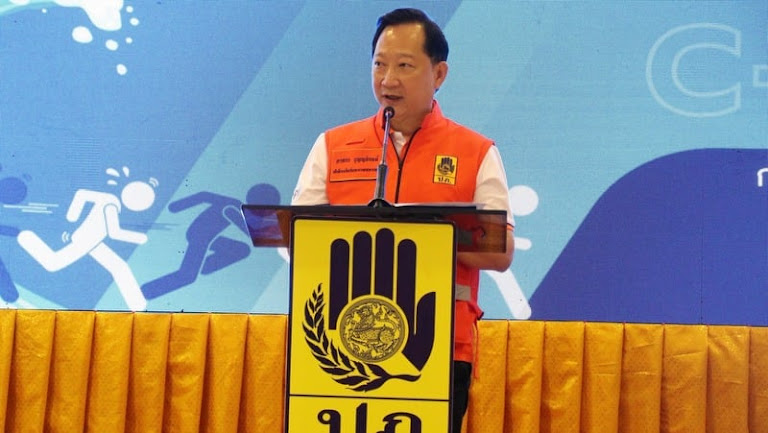Andaman Coast Residents Prepare Tsunami Defenses After 2004 Tragedy
Large-scale drills involving 1,000 people across six provinces aim to strengthen preparedness and resilience learned from the devastating 2004 tsunami.

The exercise, a multi-day undertaking spanning seminars, drills, and simulations, underscores a deeper truth: disaster preparedness isn’t a one-off event but a continuous process of learning, adaptation, and coordination. As a recent article in the Phuket News detailed, over 1,000 individuals across six Andaman coastal provinces are participating in a large-scale tsunami drill, codenamed “C-MEX 25”, led by the Department of Disaster Prevention and Mitigation (DDPM).
This initiative isn’t simply about running through the motions of evacuation; it’s about constructing a resilient system capable of mitigating the devastating impact of a future tsunami. The involvement of diverse stakeholders, from government agencies and the private sector to community volunteers, suggests a concerted effort to embed preparedness at all levels of society. That’s crucial because the effectiveness of any disaster response hinges not just on centralized coordination but on the knowledge and action of individuals and local communities.
The trauma of the 2004 Indian Ocean tsunami remains a stark reminder of the region’s vulnerability. And while improved early warning systems have undoubtedly reduced risk, they are only one piece of the puzzle. True resilience requires more. It demands an understanding of the risks, robust evacuation plans, and the capacity to adapt and respond effectively in the chaotic aftermath of a disaster. This is what “C-MEX 25” aims to strengthen, by combining theoretical knowledge with practical exercises, from emergency management training to virtual simulations, ensuring those involved are equipped to handle the complexities of disaster response.
Consider the broader systems challenges such an event highlights:
- Communication Infrastructure: Can warnings effectively reach all communities, including those in remote areas or those lacking access to technology?
- Evacuation Logistics: Are evacuation routes clearly marked and easily accessible, even during peak tourist season? Do communities have adequate transportation to move large numbers of people to safety quickly?
- Resource Allocation: How efficiently can resources like medical supplies, food, and shelter be mobilized and distributed in the aftermath of a disaster?
- Long-Term Recovery: What plans are in place to support communities in rebuilding and recovering after a tsunami, including addressing psychological trauma and economic disruption?
Effective disaster preparedness isn’t about preventing disasters; it’s about minimizing their impact. It’s about acknowledging our vulnerability and building the systems and social infrastructure to weather the storm.
The three-day training exercise, culminating in a coordinated tsunami drill simulating an event originating in Kamala, is therefore a valuable investment in regional security. It demonstrates an understanding that preparedness is not a luxury but a necessity. The involvement of those with firsthand experience of the 2004 tsunami ensures that lessons learned are not forgotten and that the human cost of disaster informs future strategies.









